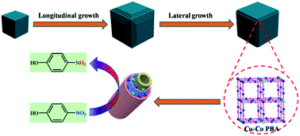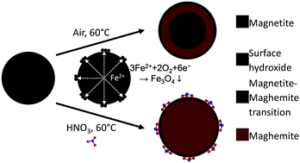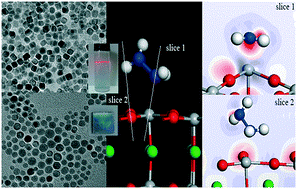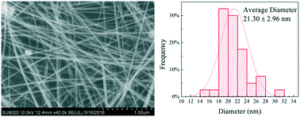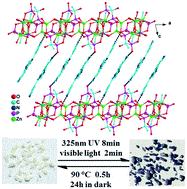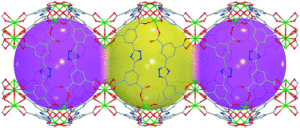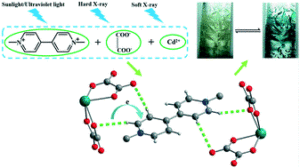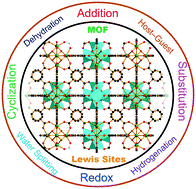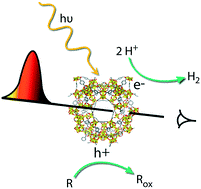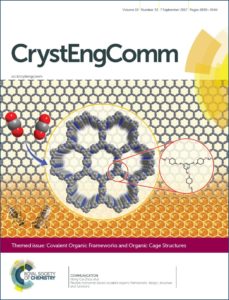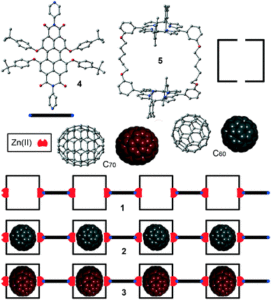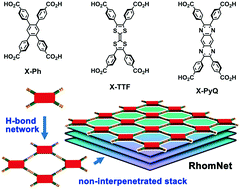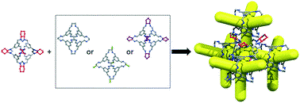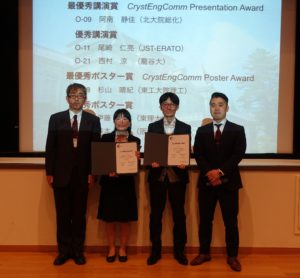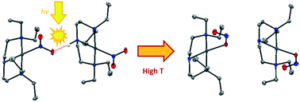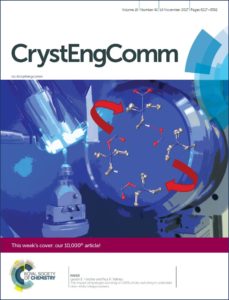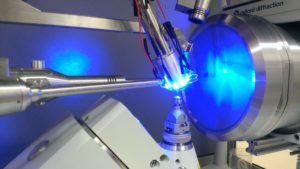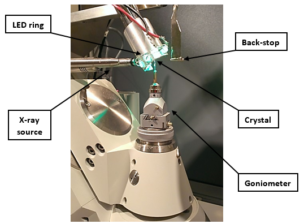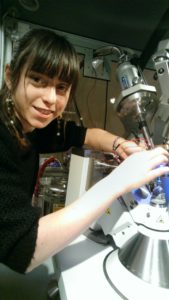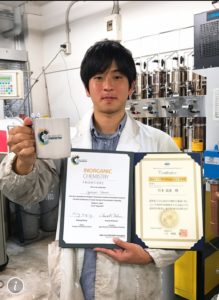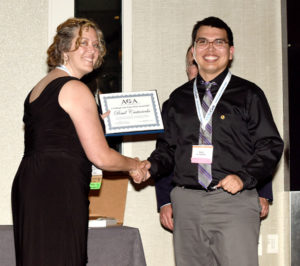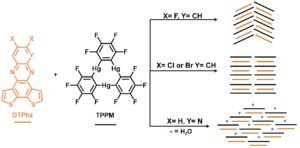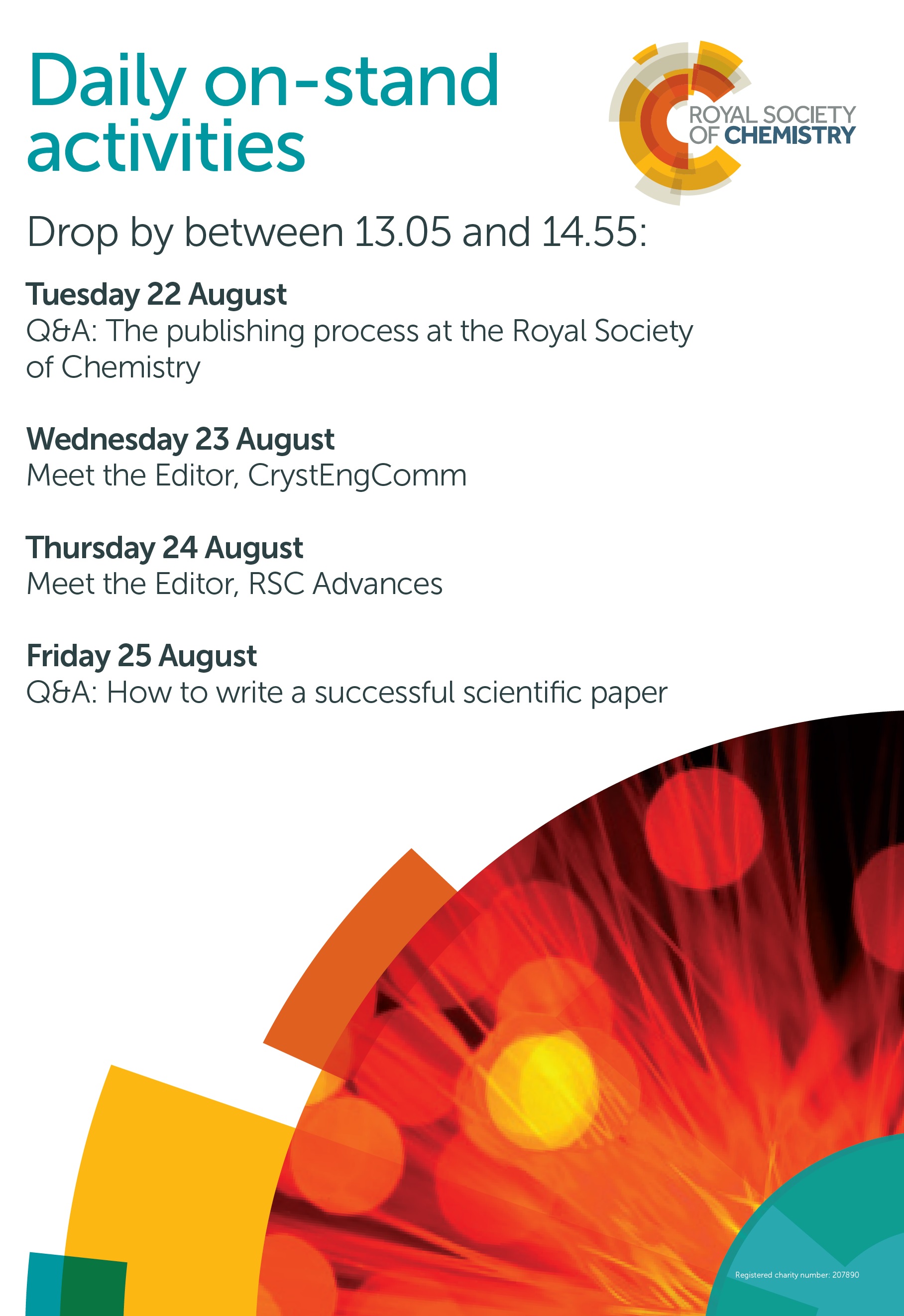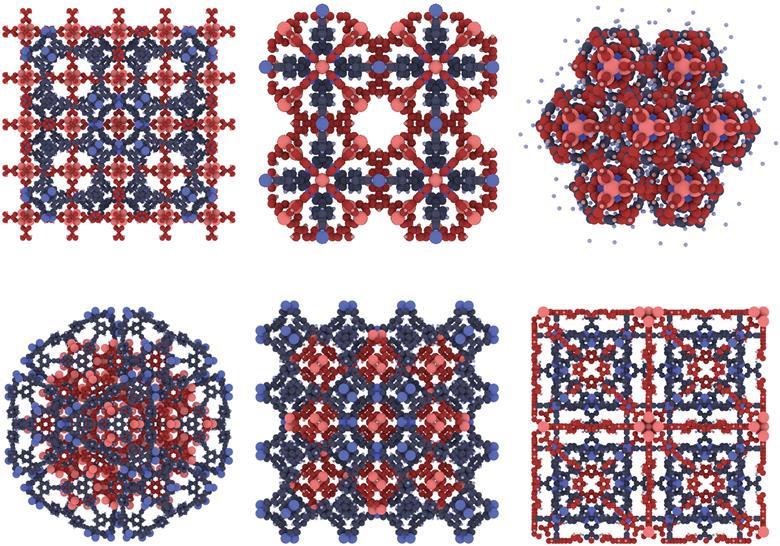CrystEngComm is the journal for innovative research covering all aspects of crystal engineering – the design, synthesis, crystallisation, and evaluation of solid-state materials with desired properties. Our Editorial Board members are leading researchers in these fields, here are some selections by Tong-Bu Lu and Omar Farha of hot new article in CrystEngComm, as well as some of our favourites! All of these articles are free to access for a limited time.
| Professor Tong-Bu Lu
Professor Lu works at the Institute for New Energy Materials and Low Carbon Technologies, based at the Tianjin University of Technology, China.
His research interests include the recognition and activation of molecules and ions by the macrocyclic compounds; the constructions of porous metal-organic frameworks, and investigation of their properties for gases storages and separation, ions exchange and chiral separation and pharmaceutical polymorphs and cocrystals. He has been recognised as a distinguished Professor in Guangdong Province, China. |
 |
Green synthesis of zirconium-MOFs
| Helge Reinsch, Bart Bueken, Frederik Vermoortele, Ivo Stassen, Alexandra Lieb, Karl-Petter Lillerud and Dirk De Vos
CrystEngComm, 2015,17, 4070-4074
DOI: 10.1039/C5CE00618j |
 |
“Zr-based metal-organic frameworks(MOFs) have drawn particularly attention due to their extremely high thermal and chemical stability, which can be used as a platform for various catalytic reactions. However, the synthesis of Zr-MOFs usually uses ZrCl4 as the starting material, which the reactions should be carried out in organic solvents and prevent the existence of moisture. Recently, Vos and co-workers reported a green synthesis of Zr-MOFs, where the reaction was carried out in water using Zr(SO4)2×4H2O and 2‑aminoterephthalic acid as starting materials, which could enable the synthesis of Zr-MOFs at large scale.”
Experimental and theoretical investigation of a stable zinc-based metal–organic framework for CO2 removal from syngas
| Ruiqin Zhong, Jia Liu, Xing Huang, Xiaofeng Yu, Changyu Sun, Guangjin Chen and Ruqiang Zou
CrystEngComm, 2015,17, 8221-8225
DOI: 10.1039/C5CE01320h |
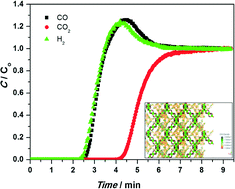 |
“The construction of water resistant MOFs for selectively separating CO2 from syngas is important for a practical application of MOFs in industry. Zou and co-workers have constructed a micro-porous Zn-based MOF, which shows good framework integrity after guest removal and high water-stability even in boiling water. The titled MOF shows high adsorption selectivity for CO2 over CO and H2.”
| Professor Omar Farha
Professor Farha works at the International Institute for Nanotechnology, based at Northwestern University, USA.
His research interests include Rational design of metal-organic framework and porous-organic polymer materials for catalysis, gas storage, gas separations, sensing and light harvesting and the rational design of new shuttles, dyes and fabrications to solve problems involving solar energy conversion. |
 |
Sensing-functional luminescent metal–organic frameworks
| Dian Zhao, Yuanjing Cui, Yu Yang and Guodong Qian
CrystEngComm, 2016,18, 3746-3759
DOI: 10.1039/C6CE00545d |
 |
“Cui and Qian highlighted the recent significant progress on luminescent MOFs and solid sensors for a diverse selection of analytes from explosive chemicals to metal ions and many more. Among many, employing MOFs as a chemical sensor is one of the most promising applications of MOFs and this paper gives a fair summary of the recent advances in the field. I believe that this review can be a very good start point for readers of CrystEngComm who are new to the field and therefore it should be recognized.”
Structure-directing factors when introducing hydrogen bond functionality to metal–organic frameworks
| Ross S. Forgan, Ross J. Marshall, Mona Struckmann, Aurore B. Bleine, De-Liang Long, María C. Bernini and David Fairen-Jimenez
CrystEngComm, 2015,17, 299-306
DOI: 10.1039/C4CE01379d
From themed collection Metal-Organic Frameworks and Hybrid Materials |
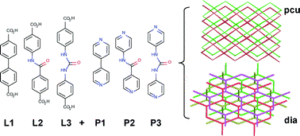 |
“This article highlights a clear example of how noncovalent interactions in SBUs direct the final structure of Zn-based MOFs. Specifically, the authors explain how the incorporation of H-bonding groups on MOF linkers serves as a non-traditional directing agent and results in a different MOF topology when compared to the topology with unfunctionalized linkers. The conclusions drawn are well supported with single crystal data and computational modelling. Intermolecular interactions, covalent and noncovalent, are an important consideration when predicting MOF topology/properties and designing new MOFs.”
Editorial Office
The CrystEngComm editorial office is based in Cambridge, UK.
How 2-periodic coordination networks are interweaved: entanglement isomerism and polymorphism
| Eugeny V. Alexandrov, Vladislav A. Blatov and Davide M. Proserpio
CrystEngComm, 2017,19, 1993-2006
DOI: 10.1039/C7CE00313g |
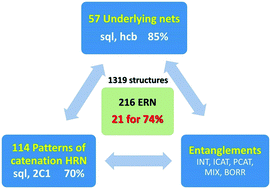 |
“This highlight article describes the authors’ analytical approach to classifying entangled 2-periodic coordination polymers. Using an extended ring nets (ERNs) approach and their freely available ToposPro software they were able show that 74 % of the 1319 structures analysed fell into only 21 out of 216 topologically distinct modes of entanglement. This work also classifies a novel type of isomerism in coordination networks – referred to as entanglement isomerism. This work will certainly be a valuable resource to crystallographers and chemists working on coordination polymers.”
Synthetic insect antifreeze peptides modify ice crystal growth habit
| Charles H. Z. Kong, Ivanhoe K. H. Leung and Vijayalekshmi Sarojini
CrystEngComm, 2017,19, 2163-2167
DOI: 10.1039/C7CE00232g |
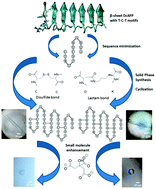 |
“Proteins that inhibit ice crystallisation are present in many polar organisms and could find use in food preservation and medical applications. Kong and co-workers investigated synthetic analogues of an antifreeze protein (AFP) found in beetle larvae in which disulphide bonds maintain a secondary structure that orientates hydrophilic side groups outward for ice binding. The authors replaced the disulphide bonds with lactam bridges, increasing stability, and found that although the synthetic analogues were less than half the size of the natural AFP they still showed antifreeze activity upon addition of citrate, giving insight into the potentially synergistic action of AFPs.”
Submit your research on coordination networks and crystal growth to CrystEngComm – see our author guidelines for information on our article types.
Find out more about the advantages of publishing in a Royal Society of Chemistry journal.
Comments Off on Check out our Editors’ Choices of recent articles!
